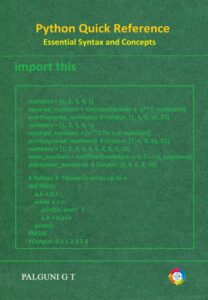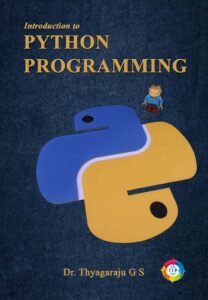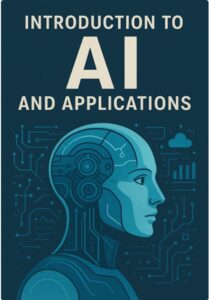In the ever-evolving landscape of technology, the prospect of English becoming a programming language sparks curiosity and intrigue. While this notion may seem unconventional, imagining English as a programming language offers a unique opportunity to explore its implications, challenges, and potential advantages. In this article, we delve into this hypothetical scenario by presenting five sample programs in English-like pseudocode, followed by their equivalent implementations in Python. Furthermore, we perform a comparative analysis to highlight the differences and similarities between the two approaches.
The Concept of English as a Programming Language:
The idea of English as a programming language challenges traditional notions of syntax and semantics in coding. Imagine expressing programming logic using natural language constructs, akin to writing prose or instructions. While English is not typically considered a formal programming language, envisioning its adoption in this context prompts us to reconsider how we communicate and express computational concepts.
Sample Programs: English-like Pseudocode vs. Python
We present five sample programs implemented in both English-like pseudocode (assuming English as a programming language) and Python, a widely-used programming language renowned for its readability and versatility.
Sample Programs: English-like Pseudocode vs. Python
We present five sample programs implemented in both English-like pseudocode (assuming English as a programming language) and Python, a widely-used programming language renowned for its readability and versatility.
1.Hello World : English like Pseudocode
PROGRAM HelloWorld
DISPLAY "Hello, World!"
END PROGRAM
Hello World : Python code
print("Hello, World!")
2.Add Two Numbers: English Like Code
PROGRAM AddTwoNumbers
FUNCTION Add(a, b)
RETURN a + b
FUNCTION Main
DISPLAY "Enter first number: "
READ num1
DISPLAY "Enter second number: "
READ num2
result = Add(num1, num2)
DISPLAY "The sum is:", result
CALL Main
END PROGRAM
Add Two Numbers : Python code
def add(a, b):
return a + b
def main():
num1 = float(input("Enter first number: "))
num2 = float(input("Enter second number: "))
result = add(num1, num2)
print("The sum is:", result)
if __name__ == "__main__":
main()
3.Fibonacci Series Program: English Pseudocode
PROGRAM FibonacciSeries
FUNCTION Fibonacci(n)
IF n LESS THAN OR EQUAL TO 1 THEN
RETURN n
ELSE
RETURN Fibonacci(n - 1) + Fibonacci(n - 2)
FUNCTION Main
DISPLAY "Enter number of terms: "
READ terms
FOR i FROM 0 TO terms - 1 DO
DISPLAY Fibonacci(i), " "
END FOR
CALL Main
END PROGRAM
Fibonacci Series Program: Python code
def factorial(n):
if n == 0:
return 1
else:
return n * factorial(n - 1)
def main():
input_number = int(input("Enter a number: "))
result = factorial(input_number)
print("The factorial of", input_number, "is", result)
if __name__ == "__main__":
main()
Comparative Analysis:
Below is a comparative analysis of various aspects of the English-like pseudocode and Python programs, presented in tabular format:
| Aspect | English-like Pseudocode | Python |
|---|---|---|
| Syntax Clarity | Uses natural language constructs, easy to read for beginners and non-programmers | Structured syntax with keywords, punctuation, and indentation |
| Code Structure | Relies on indentation and natural language flow | Relies on indentation for block structure, clear syntax rules |
| Function Definitions | Uses FUNCTION keyword, parameters, and return statements | Uses def keyword, parameters, and return statements |
| Input/Output | Uses DISPLAY and READ for input/output | Uses print() for output and input() for input |
| Control Structures | Uses natural language constructs like IF THEN ELSE, FOR DO | Uses keywords like if, else, elif, for, while |
| Readability | More verbose and human-readable, mimics natural language | Compact and concise, uses consistent syntax and conventions |
| Expressiveness | Limited expressiveness due to natural language constraints | More expressive due to rich standard library and language features |
| Execution | Not executable; requires translation to executable code | Executable code with interpreters or compilers available |
| Language Flexibility | Flexible and adaptable, but may lack specificity | Specific and well-defined, with clear syntax and semantics |
Conclusion: In this thought experiment, we explored the possibility of English becoming a programming language by examining sample programs and comparing them with Python. While English-like pseudocode offers simplicity and readability, Python’s structured syntax, expressiveness, and execution capabilities make it a preferred choice for real-world programming. However, this exercise sheds light on the potential challenges and opportunities of adopting English as a programming language, prompting us to contemplate the future of programming in a linguistically diverse world.











